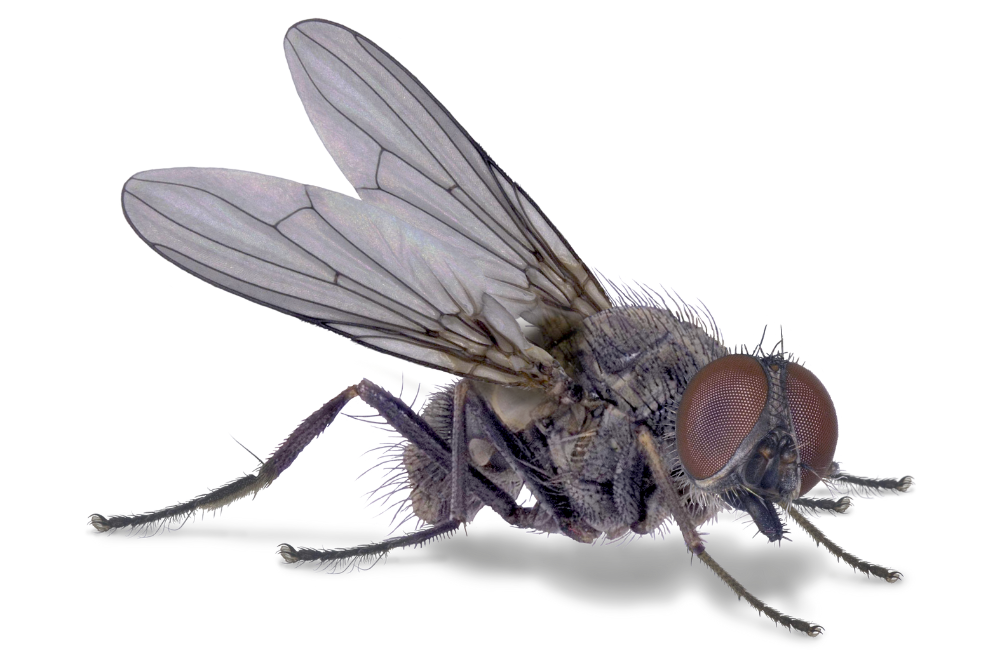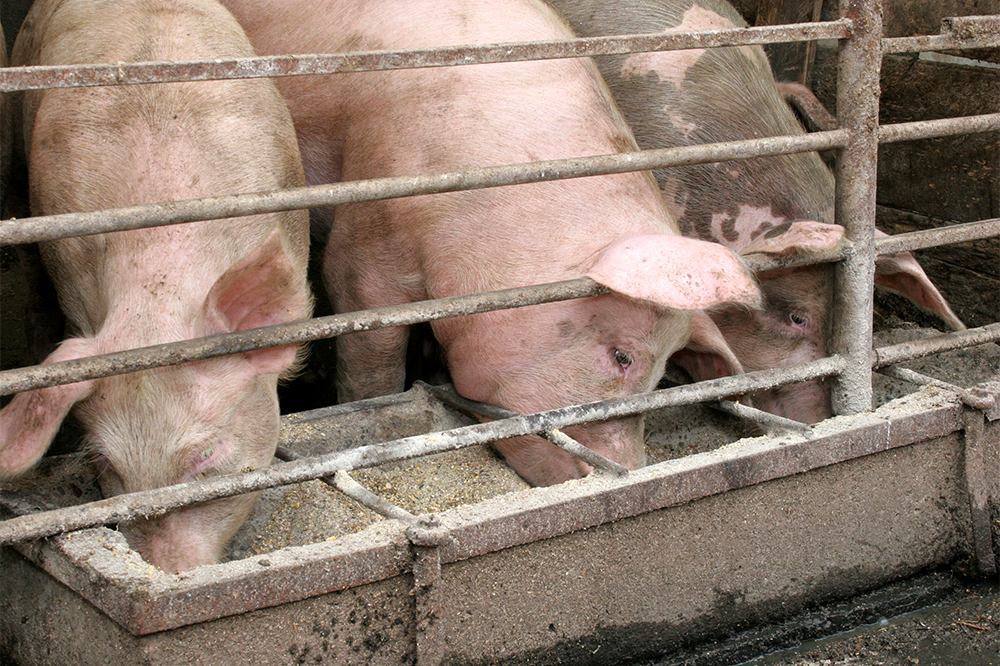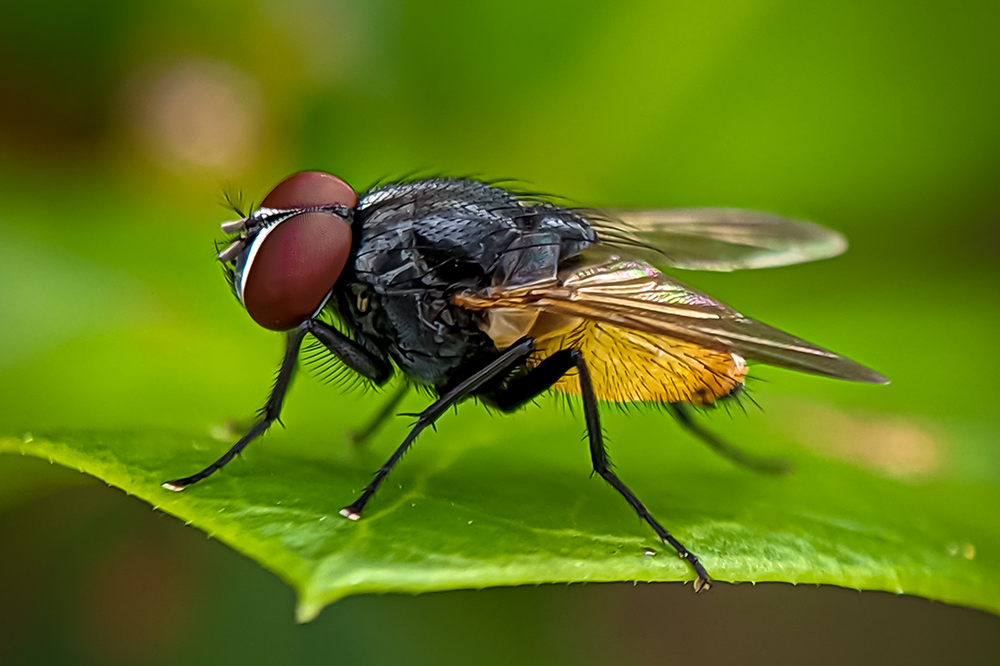Meet the Horn Fly
More than just a nuisance, horn flies impact cattle and horse health through their painful bites and by spreading disease. To better control horn fly populations and protect against diseases, it’s important to know the signs and implications of the most common diseases spread by horn flies.
How to Identify Horn Flies?
- Smaller size
- Gray coloring
- Two stripes on the thorax
- Tail swishing of animals caused by horn flies and other biting flies
Disease from Horn Flies
Pigeon Fever
- Can be spread to horses from horn flies by landing on open sores and/or injecting the bacteria from their mouthpieces with a bite into the horse. An infection commonly leads to external abscesses, though some horses develop more serious forms, including internal abscesses and infection of the legs.
Midline Dermatitis
- Horn flies often cause problems for horses that are pastured with or near cattle. These flies like to feed on the shoulders, neck, withers, and belly. This can lead to abdominal midline dermatitis, which results in skin inflammation on horses.
Mastitis
- Occurs in cattle when one or more teats become inflamed, leading to infection and destroying milk-producing tissues, which may result in blind quarters. When mastitis and blind quarters occur, milk production is drastically affected and weaning weights decrease.
Don’t Let Horn Flies Take A Bite of Your Profits
To most effectively control flies on cattle and protect nearby horses, consider a comprehensive integrated pest management (IPM) program built around ClariFly® Larvicide, a feed-through solution for the control of horn flies in the manure of treated cattle.



